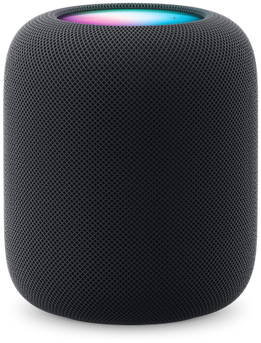Google DeepMind introduces a cutting-edge technology known as GraphCast, which has the capability to produce highly accurate weather forecasts for the next ten days in less than a minute. This AI model, developed by DeepMind, is considered to be revolutionary in the field of weather forecasting, and the tech giant has released the code of the GraphCast model as open source.
GraphCast has the ability to generate rapid medium-term weather predictions with unparalleled precision according to Google's subsidiary DeepMind. Detailed information about this innovative AI model can be found in a peer-reviewed publication on Science, which Google DeepMind claims is often quicker and more precise than the HRES system used by the European Center for Medium-Range Weather Forecasts (ECMWF).
The creators of GraphCast state that the deep learning model is capable of providing highly accurate weather forecasts for the next ten days. Additionally, GraphCast can issue early warnings about severe weather conditions. Google asserts that the model can effectively track cyclone paths, identify atmospheric rivers associated with flood risks, and predict the onset of extreme temperatures.
Traditionally, weather forecasts have been based on numerical weather prediction techniques, which involve utilizing carefully defined physics equations. These equations are then translated into algorithms that are executed on powerful supercomputers.
The GraphCast model has been trained on extensive historical weather data spanning decades. The creators of the model claim that it has acquired the knowledge of cause-and-effect relationships that govern weather patterns. Training data for the model is sourced from the ECMWF ERA5 dataset, which includes weather observations such as satellite imagery, radar data, and information from weather stations. When there are gaps in the observations for certain time periods, traditional numerical weather predictions are used to supplement the dataset, as explained by Google. GraphCast utilizes two datasets - the weather conditions from six hours ago and the current weather conditions - to make predictions. Based on this information, the model can forecast the weather for the next six hours, and this process can be repeated to provide accurate forecasts up to ten days ahead.









 English (US)
English (US)